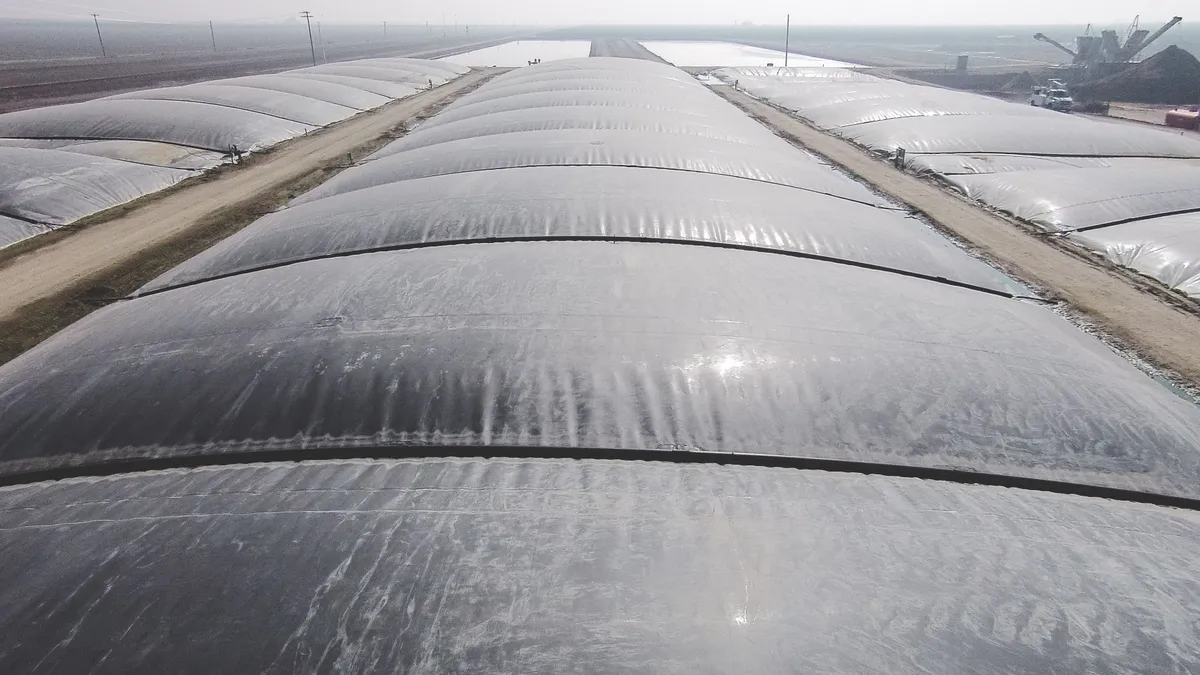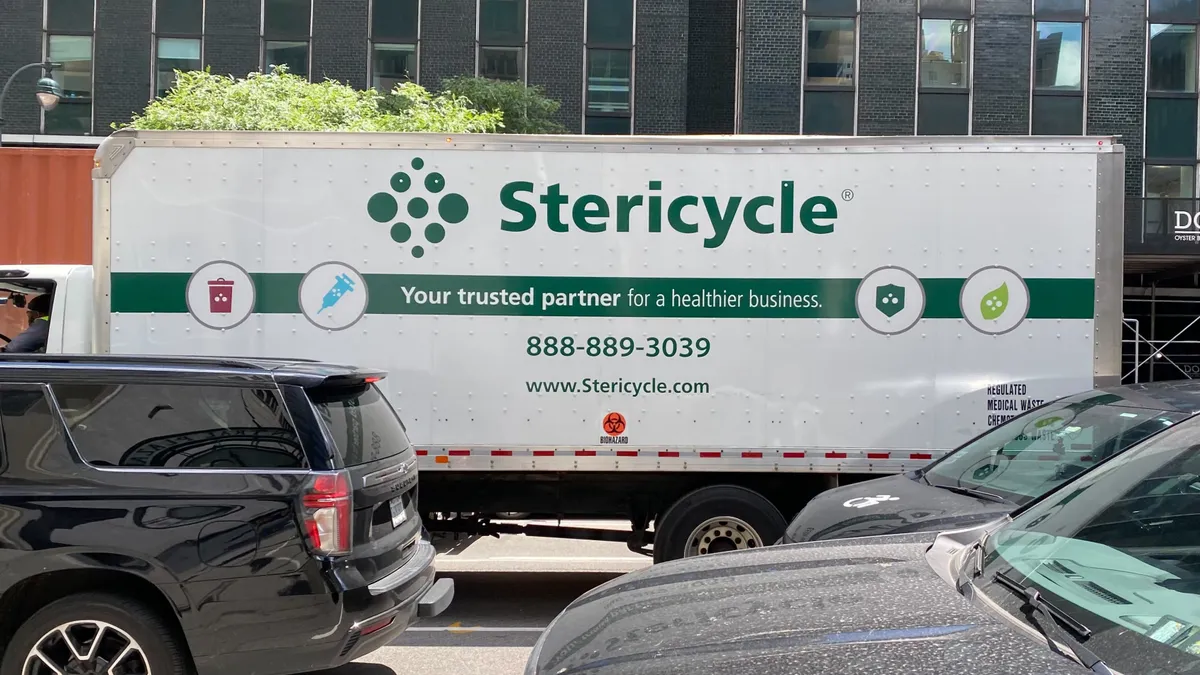The California Air Resources Board is planning to boost its carbon reduction ambitions for the Low Carbon Fuel Standard beginning next year, according to a draft proposal released by the state agency on Monday.
The shift, an increase from a proposal released earlier in the year, answers calls from a chorus of alternative fuel producers who say LCFS credit prices have fallen too low.
The proposal must still go before CARB’s board for a vote in November. If approved, it will increase the degree to which fuel producers must offset their petroleum-based fuels with low-carbon alternatives. RNG groups say that will go a long way toward restoring favorable credit prices that can allow existing projects to generate revenue and support the creation of new projects at landfills, farms and elsewhere.
“That's the biggest news to come out of this latest package,” Adam Schubert, a senior associate with fuels intelligence firm Stillwater Associates, said. “Credit prices ... are so low that firms can't justify investment in the production of the low-carbon fuels that are needed for the standard to actually happen.”
CARB’s proposal would change the carbon intensity reduction target for 2025 from 5% to 9%. The target, which ratchets up annually, guides credit buyers to adopt a steadily increasing amount of cleaner fuels either directly or through credits.
This is the second time CARB has embarked on a major amendment process for the Low Carbon Fuel Standard, which was first implemented in 2011. Since this revision process began in earnest last year, agency staff have had to field competing priorities from a range of industries, including vehicle manufacturers, fossil and alternative fuel producers, agriculture and others.
Groups representing renewable natural gas producers — including large landfill owners and anaerobic digestion facility developers — offered measured praise for this latest proposal.
In a statement on Tuesday, American Biogas Council Executive Director Patrick Serfass said the group was appreciative of CARB’s decision to change the carbon intensity reduction target, though he noted other changes may deter investment after 2030.
”This positive change will do exactly what the LCFS is designed to do: more dramatically decrease carbon emissions in California. It will also increase demand for renewable transportation fuels from biogas,” Serfass wrote.
Sam Wade, director of public policy for the RNG Coalition, similarly issued a statement in support of the move. He has previously pushed the agency to get more aggressive in its carbon intensity reduction timeline, telling Waste Dive in May he believed the agency could have gone farther than a 9% reduction if it wished.
But it’s not just industry groups jockeying for changes to the program. CARB has also faced criticism from environmental justice advocates, including its own Environmental Justice Advisory Committee. The committee has urged CARB to move the credit program away from combustion fuels more quickly by lowering the volume of incentives for fuels derived from crops like soybeans or methane derived from large-scale dairy farms.
But agency staff have been reluctant to change those incentives, arguing that doing so could starve the program of renewable fuel credits that petroleum fuel producers need to buy in order to be in compliance.
The update released this week offers those advocates a small victory but does not address their demands. CARB proposed setting a limit on the amount of credits that “biomass-based diesel” fuels like those produced with soybean oil can earn, essentially only crediting the fuel up to a certain point for manufacturers before cutting off the benefit.
The agency also proposed to tweak avoided methane credits, a key mechanism that environmental justice groups want to see axed.
Avoided methane credits work by offering additional credits — that is, beyond the standard alternative fuel credits created by the program — to a fuel producer that is taking methane that would otherwise be emitted into the atmosphere and turning it into a fuel.
In practice, this has meant a huge incentive for anaerobic digesters on dairy farms, which receive credits not just for producing RNG itself but also by avoiding methane emissions from dairy cow manure. Such facilities have enjoyed some of the lowest carbon intensity scores in the LCFS system and are highly attractive as credit, and therefore cash, generators.
CARB said it would phase out avoided methane credits for dairy farms by 2040 in a proposal from earlier this year. Environmental justice advocates condemned that decision, arguing it locks in an incentive for large, polluting farms to continue operating as normal for years. This week’s proposal offers little concession to those voices, they say, only tweaking the rules to ensure new digesters that come online can receive avoided methane credits for up to 20 years rather than the current 30-year limit.
“On this front, I don't think environmental justice got very much,” Schubert said.
Biogas groups also said they opposed the new 20-year limit proposal. Wade, with the RNG Coalition, said his organization would be pushing back on the measure. Nevertheless, he said it was important for CARB to ensure that investors could have certainty that RNG projects would generate credits throughout the life of a facility. He also said other states are watching how California implements its fuel program as they work to implement their own credit systems.
“While we remain concerned about arbitrarily phasing out recognition for RNG project methane benefits, overall, this proposal helps restore LCFS program stability," Wade said in a statement Tuesday. "Stability is critically important if RNG is to be used as a tool to reach California's statutory methane reduction goals in the agricultural and waste sectors."
The latest proposal is not final — CARB is taking comments on it until August 27. Agency staff will then review the additional feedback before presenting a final version of the LCFS amendments to the board on Nov. 8.


















